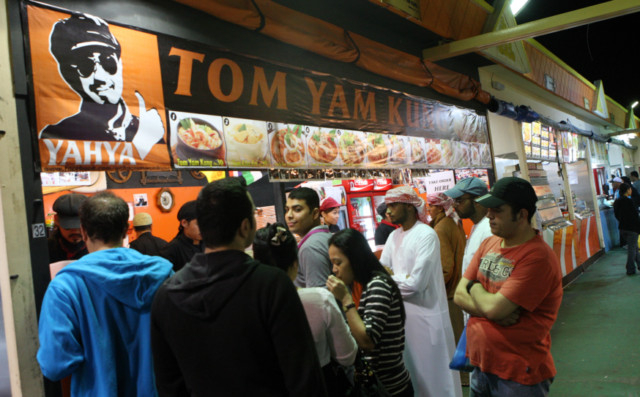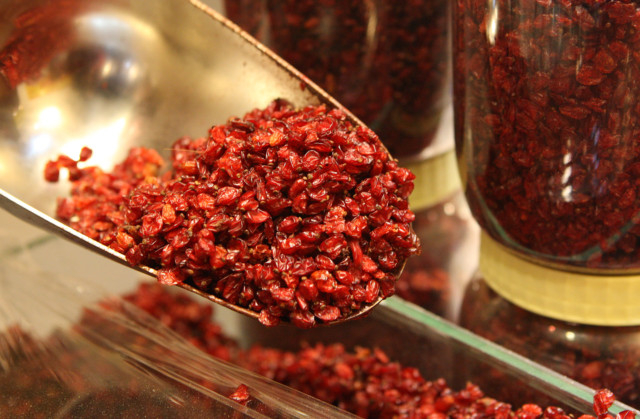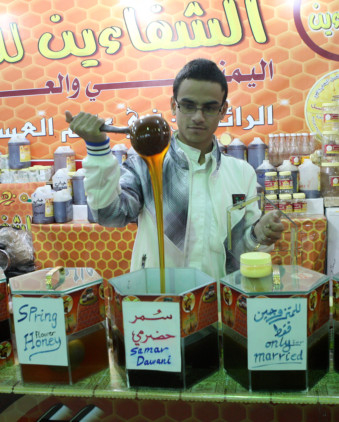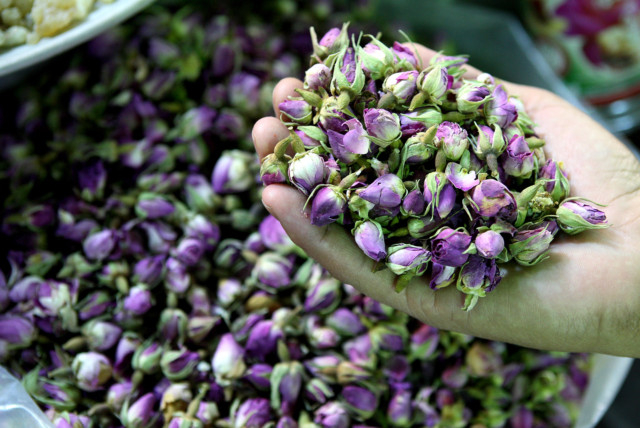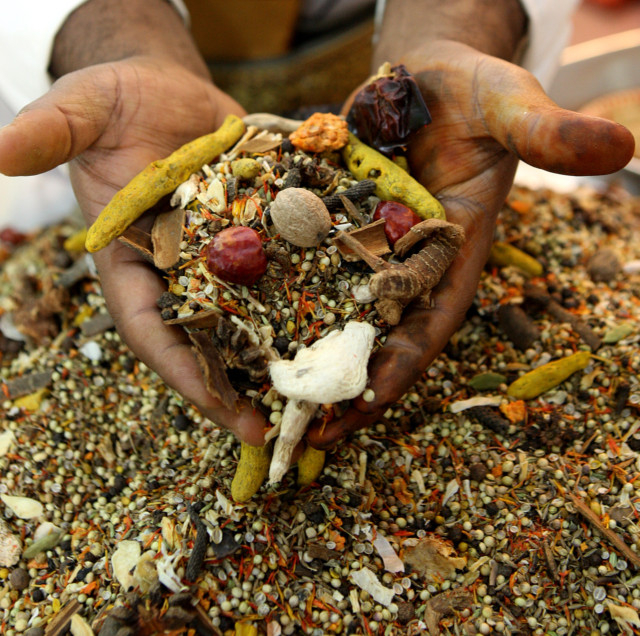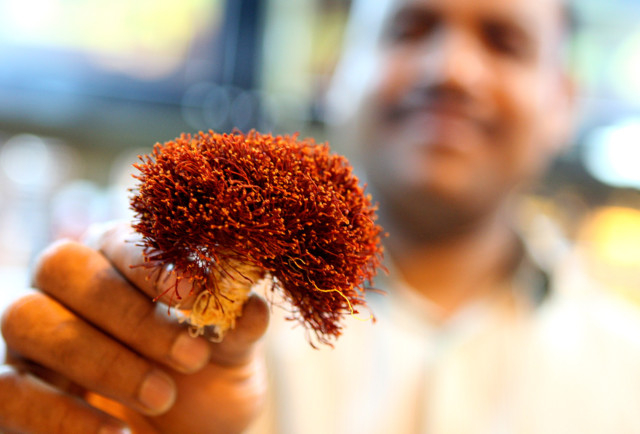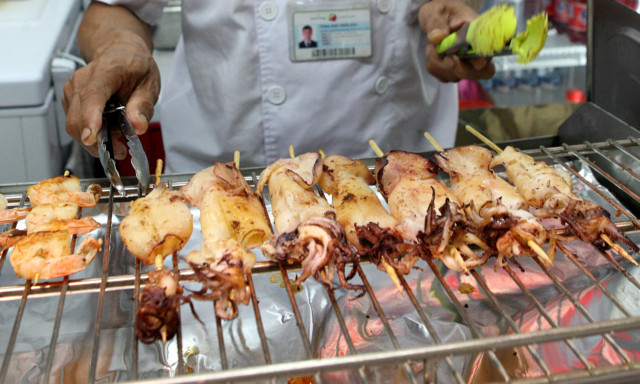
Dubai: Over the years, the Global Village has become a star attraction during winter, bringing people from different corners of the world and cultures from different regions to the shores of Dubai.
And no trip to the Global Village is ever complete without savouring flavours from around the world.
From a whole range of exotic tastes and traditional preparations to unique and ‘miraculous’ stuff, it makes for a total gastronomic adventure, alright.
So on a balmy Wednesday night we set out to take on the world, clad in low-cut comfy shoes and high spirits. Our mission: an open-ended gourmet expedition, where every outlet is worth a stop — or some small talk with the men and women preparing the delicacies. Our “food walk” began at around 5pm, starting from Gate 4 and by the end of it all we discovered a whole new world on a plate – or a stick, a pack, a wrap and a bottle.
A world of delights
An intriguing mix of aroma of spices and scents greeted us as we entered the Yemeni pavilion — our first stop. Shops displaying piles of twisted bark or sacks of dried condiments lined the stalls.
The different types of dried fruits and herbs are reckoned to be antidotes for asthma, coughs, abdominal pain, fatigue and rheumatism. And then you have the famous “VIP honey” or “For Married Only” honey (at Dh500 per kg) to name a couple. I had no clue how one differs from the other, but we saw some ladies giggling when they saw — and tried — a scoop of the latter.
Other Arab pavilions have their own share of unique food products. Dried Syrian roses are proof that war has not prevented enterprising people there from harvesting stuff from their verdant valleys. At Dh120 per kg, the dried petals lay claim to cure stomach aches when taken with coffee or tea.
In the Iranian pavilion, highly sought-after saffron competes for attention with other spices which are great for salona (traditional Arabic stew), curry and “khabsa”. The latter is a divine rice-and-meat specialty.
And did you ever hear about the “Palestinian KFC”? It’s not quite a replica of the Colonel’s recipe but, rather, a flavoured labneh (soft cheese made from yogurt) which comes in 20 flavours from Gaza. Look for Abu Fares Al Barawi at the Palestinian pavilion, who sells an 800gm bottle for Dh25. This must surely rank as the prince of sandwich spreads.
Stepping into the Indian pavilion, one can see food stalls there doing brisk business. The rush means we do not get special attention from the chefs, but we notice that Kappa biryani and South Indian snacks such as dosa (lentil flatbread) vada (lentil doughnut) are among the favourites. One also cannot miss the Indian “masalas” (mixed spices). If you love curry, this is sold in shops there by the sackful.
At the Philippine pavilion, “kwek-kwek” (egg rolled in flour and deep fried), a popular Filipino street food, that takes pride of place alongside other dishes such as “okoy” (deep-friend shrimp), banana spring roll (lumpia), siomai and goto (congee).
Taste of Europe
When it comes to food, Europeans are not to be outdone. The Eastern European pavilion offers German gingerbread (Dh50 to Dh65), Greek beef souvlaki (sheesh kebab-like grilled dish, Dh20), Bosnian Burek (a meat-stuffed roll, Dh15) and French crepes (Dh10).
A dozen types of neon-coloured and Turkish Baklava sweets are there too alongside Austrian pastries and sugar-free crackers.
The Turkish Bazaar offers a tea pack made from dried pomegranate, an all-natural tea that helps cleanse your bladder. A 200gm pack sells for Dh25. Those watching their sugar can also try “diabetic jam” (225g bottle for Dh25).
At the Afghanistan stall you can try out the dried mulberries (Dh50 per kg) or dried pomegranates (Dh120 per kg) which are hot selling items.
If you’re on the prowl for carbs, there’s Egyptian koshari (traditional Egyptian dish of rice, lentils, chickpeas and macaroni topped with tomato sauce and fried onion). Shawarma lovers can compare wraps from Levant, Khaleej or Maghreb – and Turkey. The Greeks, who call them “Pita Gyro” (Dh14), handed me and my food walk partner (lensman Virendra Saklani) one wrap each, which tasted supreme.
And who can forget the divine grilled prawns at a stall in the far corner of the Thai pavilion that is a magnet for seafood lovers. Priced at Dh10 a piece, you should never leave Global Village without trying them. But not to be outdone are the Malaysian and Singaporean snacks, sauces and spices vying for attention among fans of Far-East flavours.
If you’re a coffee lover, the African pavilion has fried coffee beans which you won’t get in commercial outlets here. I opted for tea instead — the Dh2 Tanjal Kenyan tea.
Definitely different from what your street corner café serves, it was my last ‘tasting’ of the trip.
By the time we decided to give our tummies a break, the clock had struck 10 — we didn’t even realise we had spent nearly five hours on our culinary trip.
As we bid adieu to the Global Village it was hard to remember all the exotic dishes and foodstuffs we sampled or our eyes feasted on even as the exotic flavour of the Kenyan tea lingered on all the way home.


